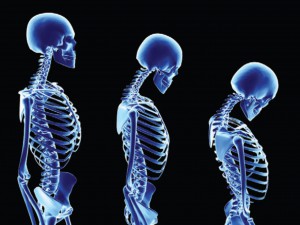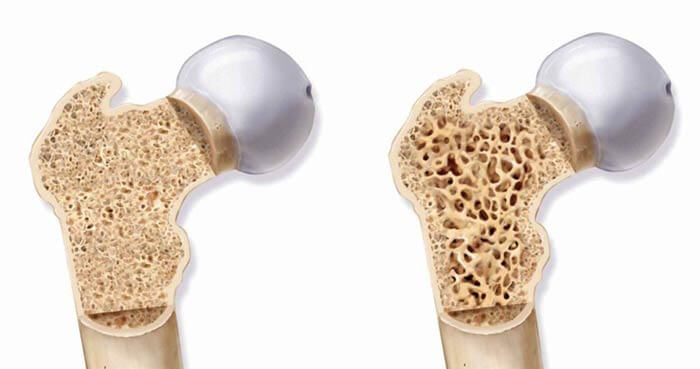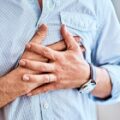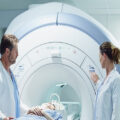Osteoporosis Pain
Osteoporosis is often called the “silent disease”, because most of the time, bone loss occurs without any symptoms at all. But when osteoporosis becomes severe, it can lead to fractures and a condition called kyphosis. Kyphosis is spinal compression, sometimes described as the “dowager’s hump.” Both fractures and kyphosis can be very painful. This pain is usually more severe than the typical “aches and pains” many people feel as they get older.

Symptoms of Osteoporosis Pain
There are no symptoms in the early stages of osteoporosis. Many times, people will have a fracture before learning that they have the disease. However, Osteoporosis may be diagnosed with pain in advance. The most common cause of osteoporosis pain is a spinal compression fracture. This pain may have these symptoms:
- Sudden, severe back pain that gets worse when you are standing or walking
- Some pain relief when lying down
- Pain and difficulty in twisting or bending
- Loss of height
- Curvature of the spine
Causes of Osteoporosis Pain
The cause of this pain is when the spine collapses from these fractures; it curves over, pushing the stomach forward. This affects the ribs, which often end up sitting on the pelvic bone. The rubbing of bone against bone is the source of this pain. Muscle spasms are also known to cause pain in people with osteoporosis. They are the result of nerves being pinched as one’s muscles tense to protect the joints, and in turn the bones. In some individuals, the microscopic fractures that can occur as bone thins can be experienced as painful. One patient described the sensation as “having a toothache deep in the bone.”
Diagnosis and Control of Osteoporosis Pain
Bones are fragile in osteoporosis. Fractures and osteoporosis pain can occur even from simple movements that don’t seem dangerous. Fractures can take months to heal. An accurate diagnosis of your pain is very important. More chronic back pain is caused by degenerative disc disease or osteoarthritis than by osteoporosis. With an accurate diagnosis, patient will be better able to develop a pain and disease management program.
References:







